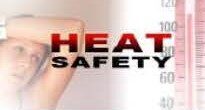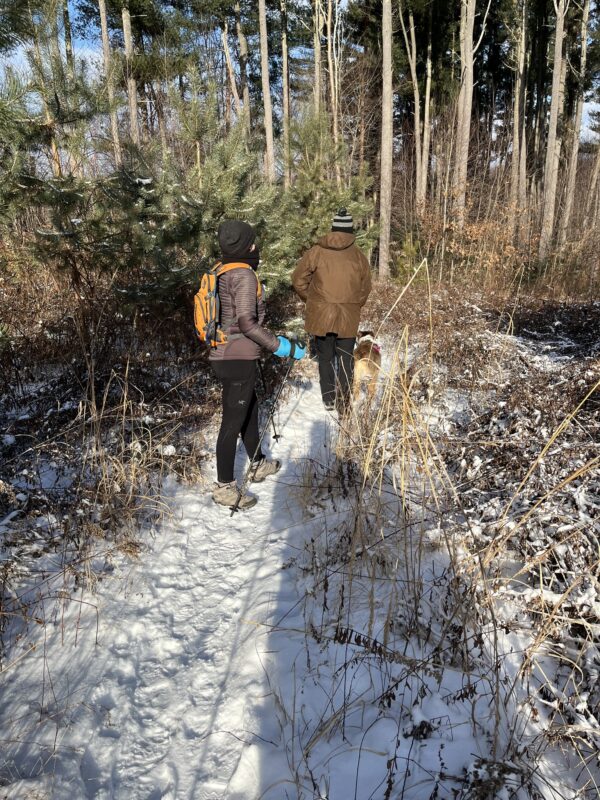
by Laura O’Reilly-Stanzilis RN MSM
Throughout the summer and early fall, especially with high humidity, your body temperature can rise to dangerous levels and you can develop a heat illness. Most heat illnesses occur from staying out in the heat too long. Although exercise in moderation is good for overall health, exercising in the heat beyond appropriate levels for your age and physical condition are also factors. Older adults, young children, and people who are sick or overweight are most at risk. Heat-related illnesses include:
Heatstroke—a life-threatening illness in which body temperature may rise above 106° F in minutes; symptoms include dry skin, rapid, strong pulse and dizziness
Heat Exhaustion—can precede heatstroke; Symptoms include heavy sweating, rapid breathing and a fast, weak pulse
Heat Cramps—muscle pains or spasms that happen during heavy exercise
Heat Rash—skin irritation from excessive sweating
Although any one at any time can suffer from heat-related illness, some people are at greater risk than others.
Check frequently on infants and young children, people age 65 or older, people who have a mental illness or developmental disability, and those who are physically ill, especially with heart disease or high blood pressure.
U.S. Centers for Disease Control and Prevention recommends that you treat a person suffering from heat exhaustion with the following:
- Take the person to a clinic or emergency room for medical evaluation and treatment.
- If medical care is unavailable, call 911.
- Someone should stay with the person until help arrives.
- Remove the person from hot area and give liquids to drink.
- Remove unnecessary clothing, including shoes and socks.
- Cool the person with cold compresses or have the person wash head, face, and neck with cold water.
- Encourage frequent sips of cool water.

Laura is the Executive Director of the North Jersey Health Collaborative. She can be reached at laura@njhealthmatters.org

